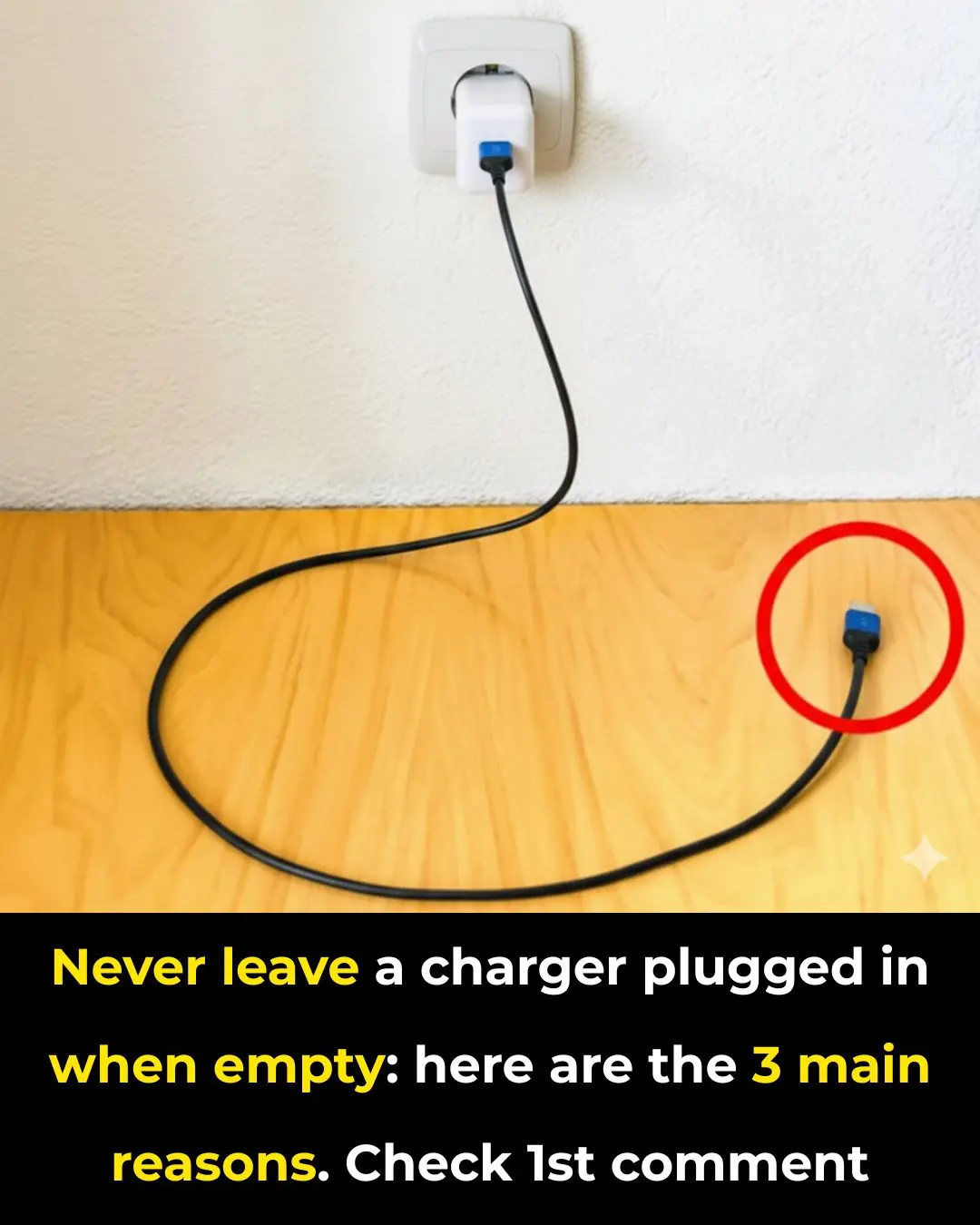
Water heater used for a long time has accumulated dirt: Do this so the dirt will flow out by itself, no need to call a technician
Water Heaters: Essential Maintenance and Cleaning
A water heater, like other household appliances, requires regular maintenance and cleaning. It is an essential device in every home, especially during cold weather. Before taking a shower, you only need to turn on the heater for 15-20 minutes to have hot water ready for use, which is very convenient.
One thing that many people neglect when using a water heater is cleaning it. A water heater is similar to a kettle. After a period of use, a lot of debris accumulates inside the tank. This is because the water contains minerals like calcium and iron, which react with the metal inside the heater when the temperature rises, forming deposits.
These deposits inside the water heater can cause several problems, such as blocked water outlets, reduced water capacity, and decreased heating efficiency. In water that contains many minerals, the metal components of the heater’s heating elements can even become corroded. Over time, this part may develop holes or cracks, leading to electrical leakage.
Therefore, regular cleaning of the water heater is necessary for every household.
How to Clean a Water Heater
In fact, cleaning a water heater is not too complicated. You only need to understand the structure of the heater to be able to flush out all the dirt inside.
On the water heater, there is a drainage valve. Simply unscrew it, and the debris will flow out through this valve as you flush the heater.
The first thing to do before cleaning the water heater is to turn off the power supply and close the water inlet valve. Then, drain all the hot water from inside the tank.
Next, sequentially remove the water supply pipe, the water outlet pipe, and the safety valve.
Once all the water in the tank has been drained, unscrew the drainage valve. This valve is located near the two water pipes. Note, be gentle when unscrewing this valve because it is often attached to a magnesium rod (a sediment cleaning rod). This rod serves to protect the uncoated points inside the heater, preventing corrosion, and helps protect the inner tank from perforation during use.
Afterwards, use the water inlet pipe to reconnect the water supply. Open the water inlet valve to let cold water flow into the tank and clean it. At this point, the dirty water will flow out through the drainage valve.
After flushing the heater for about 1-2 minutes, the dirt inside will be completely flushed out. Close the water inlet valve and remove the water supply pipe. Reattach all the pipes to their original positions.
Cleaning the Magnesium Rod
Before reattaching the magnesium rod to its original position, you should wash it thoroughly. If the magnesium rod is more than 60% corroded, it should be replaced. If not replaced, the magnesium will combine with other metals in the tank, causing the inner part of the heater to corrode.
Cleaning the Exterior of the Heater
For the exterior of the heater, you only need to use a cloth to wipe off any dust. You can use a specialized cleaning agent to spray on any stubborn stains and wipe them away. Finally, use a clean cloth to wipe the heater dry.
Open the hot water valve to drain the air inside the tank, while simultaneously opening the cold water valve so that water flows out of the hot water outlet. If you see a steady stream of water without any bubbles, you can close the hot water valve.
After that, plug the power back in to run the water heater normally. You can use a voltage tester to check the outer shell, water valve, and water to see if there is any electrical leakage. Also, check whether the water temperature meets the required level.
The water heater should be cleaned 1-2 times a year to ensure that the device is clean and functioning properly.
Note that each water heater has a different structure. You should learn about the specific structure of the type of heater you are using before cleaning to ensure that you can disassemble and reassemble it easily without damaging the appliance.
News in the same category

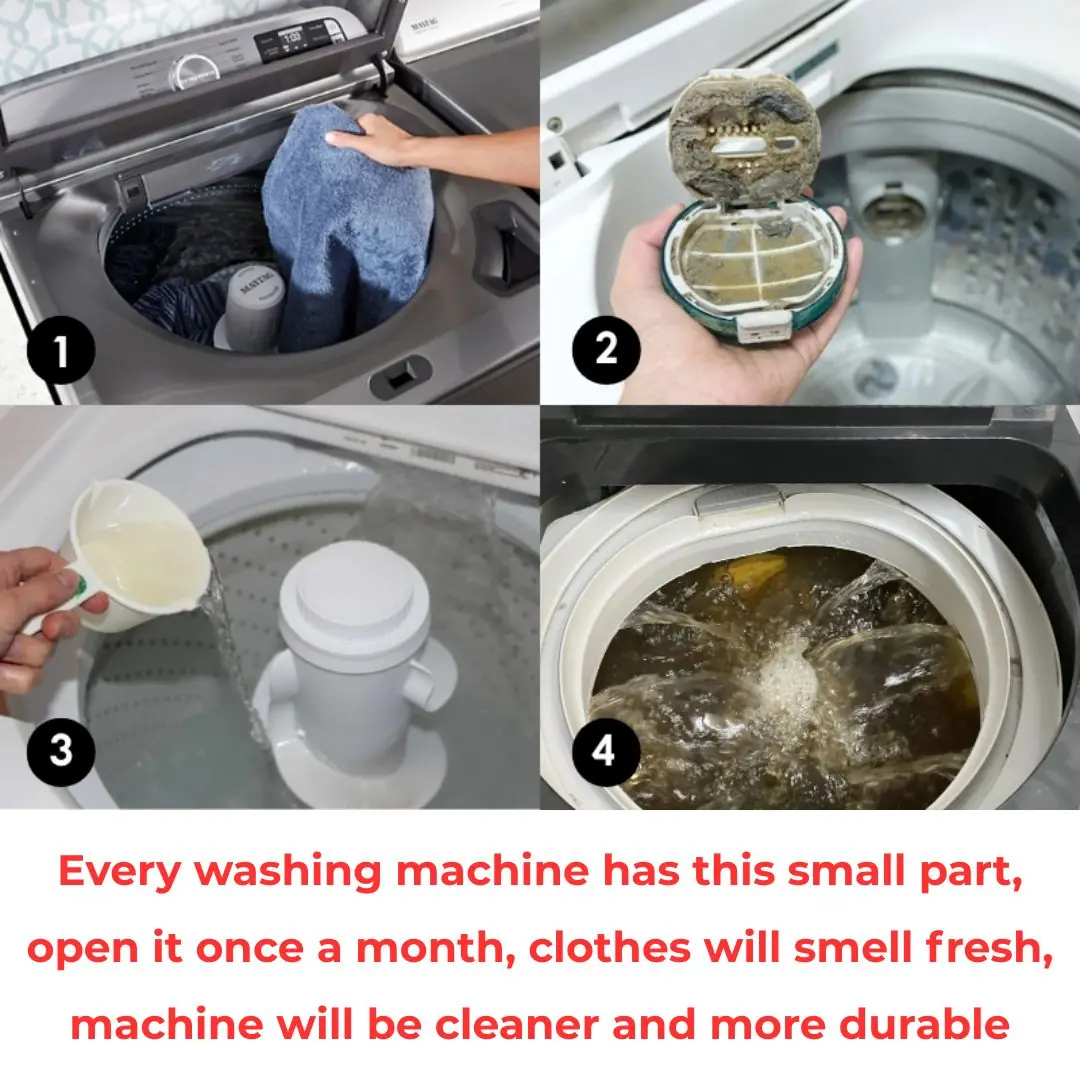
Every washing machine has this small part, open it once a month, clothes will smell fresh, machine will be cleaner and more durable

How to make delicious Japanese-style pink pickled ginger, with readily available ingredients

Mosquitoes fear this bowl of water the most. No matter how many mosquitoes there are in the house, they will all go away, so you can sleep peacefully.

3 tips to make roast pork with golden brown, crispy skin, more delicious than restaurant
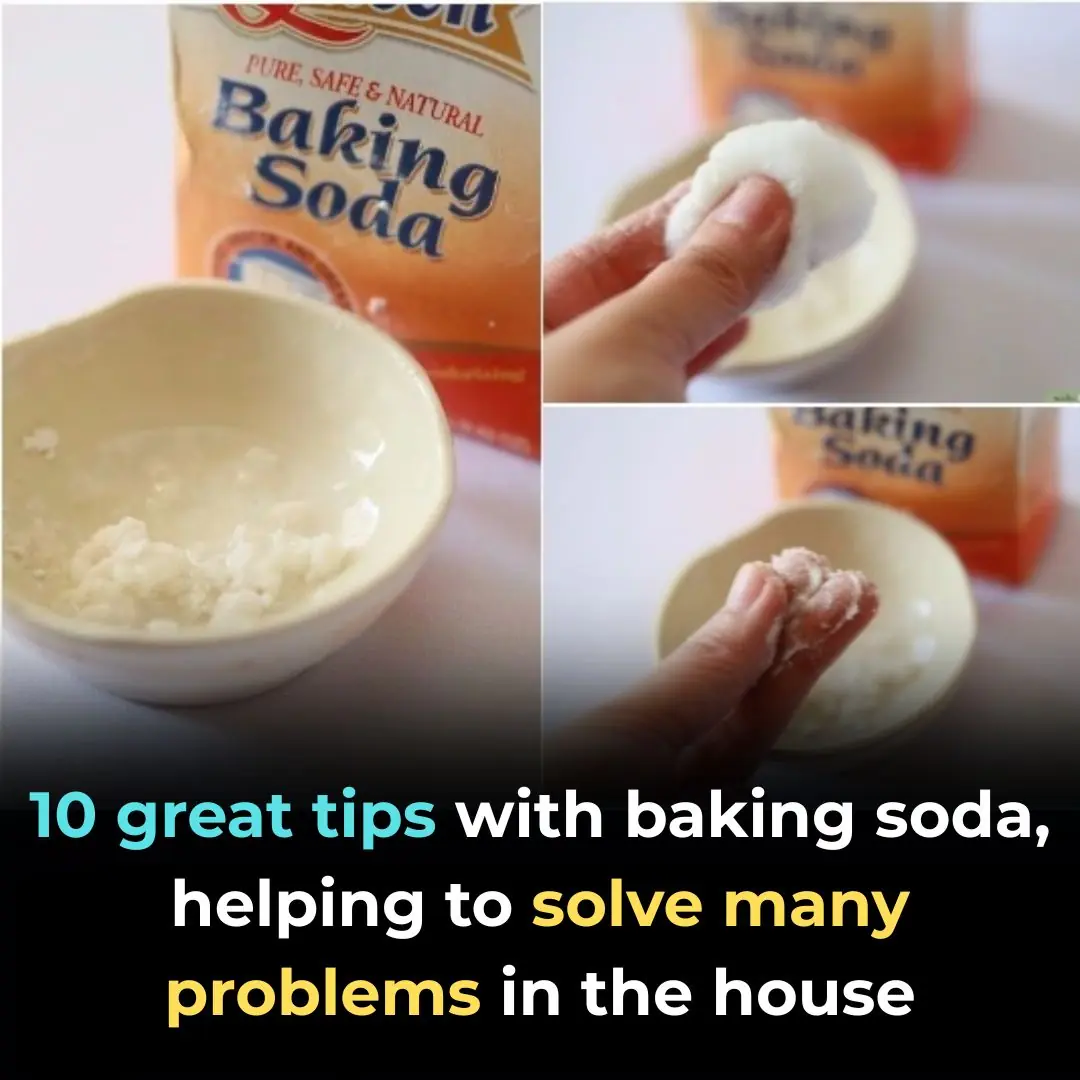
10 great tips with baking soda, helping to solve many problems in the house

Noni soaked in rock sugar – A remedy with many wonderful uses

Bougainvillea loves this type of water the most. Water it once every 10 days and the flowers will bloom brilliantly, covering the branches.

Husband secretly gave money to the maid, I was surprised to know her real identity.

3 types of plants to avoid growing in the house, or else they will cause bankruptcy, loss of wealth, and bad luck.

How to recognize fake honey, honey mixed with sugar

How to keep watermelon fresh for a month: A small tip that everyone needs to know this summer

Cut a handful of these leaves and put them in the pot of boiled shrimp. The shrimp will turn bright red, the meat will be firm, sweet, and fragrant.

No need for a refrigerator, ancient people used these 6 ways to preserve eggs for a whole month and keep them fresh
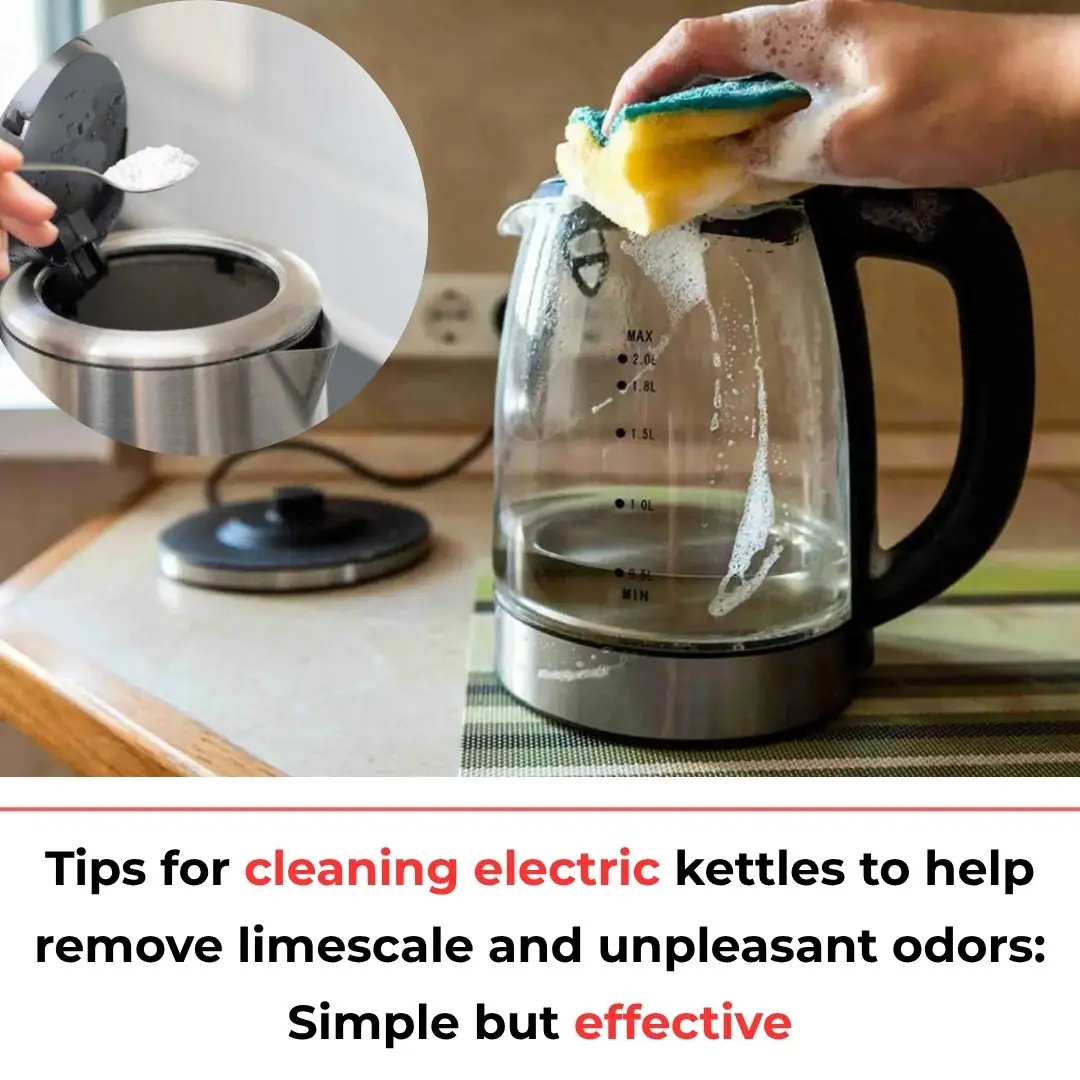
Tips for cleaning electric kettles to help remove limescale and unpleasant odors: Simple but effective

Do you know the effects of this oil on your life?

Everyone thinks this part of the cow is the most delicious, but it's both dirty and poisonous. Don't buy it at the market, no matter how cheap it is
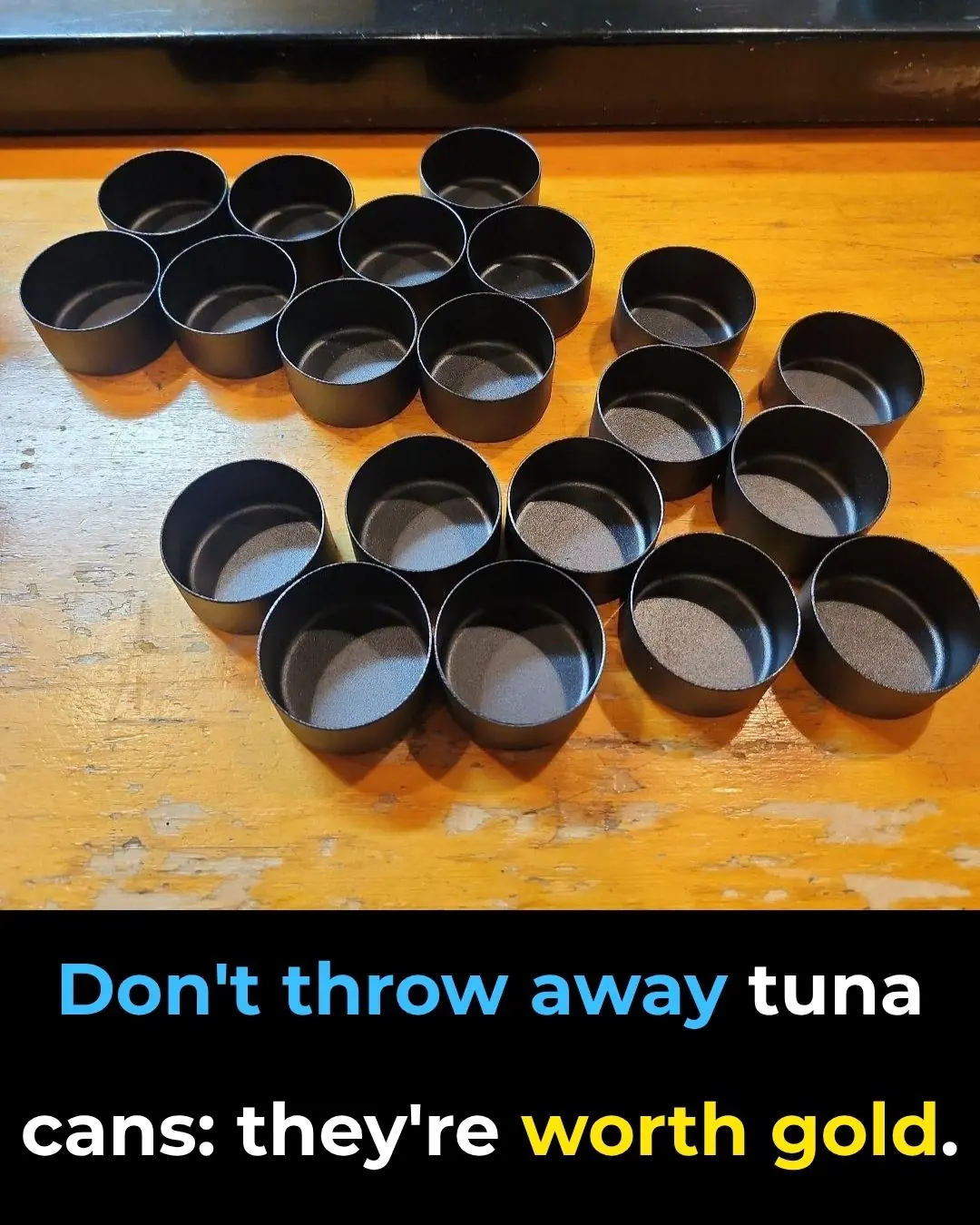
Don't throw away tuna cans: they're worth their weight in gold if you reuse them this way!

Why You Should Avoid Drinking the Mineral Water Provided in Hotel Rooms: The Subtle Reasons You Might Not Know — Read Now to Protect Yourself
News Post

Jennifer Hudson Champions Musical Inclusivity Amid Super Bowl Language Debate

Jennifer Hudson Cheers on Bad Bunny’s Super Bowl Swagger — and Starts Learning Spanish Herself

Charli XCX shares cryptic video after Taylor Swift’s ‘Actually Romantic’ diss

NY authorities clamp down on liquor store openings citywide as booze demand plummets

Desperate rescue effort underway to save hundreds of hikers stuck on Mount Everest after snowstorm

Six signs you may be a functioning alcoholic according to doctor

Pineapple Water: A Refreshing Drink That Supports Your Health

The Silent Threat: Recognizing Early Signs of Kidney Disease and Lifestyle Prevention

A Heartwarming Encounter: A Child’s Innocence and the Power of Love.

The Stranger Who Stopped: How One Man’s Compassion Saved a Life on a Busy Georgia Road
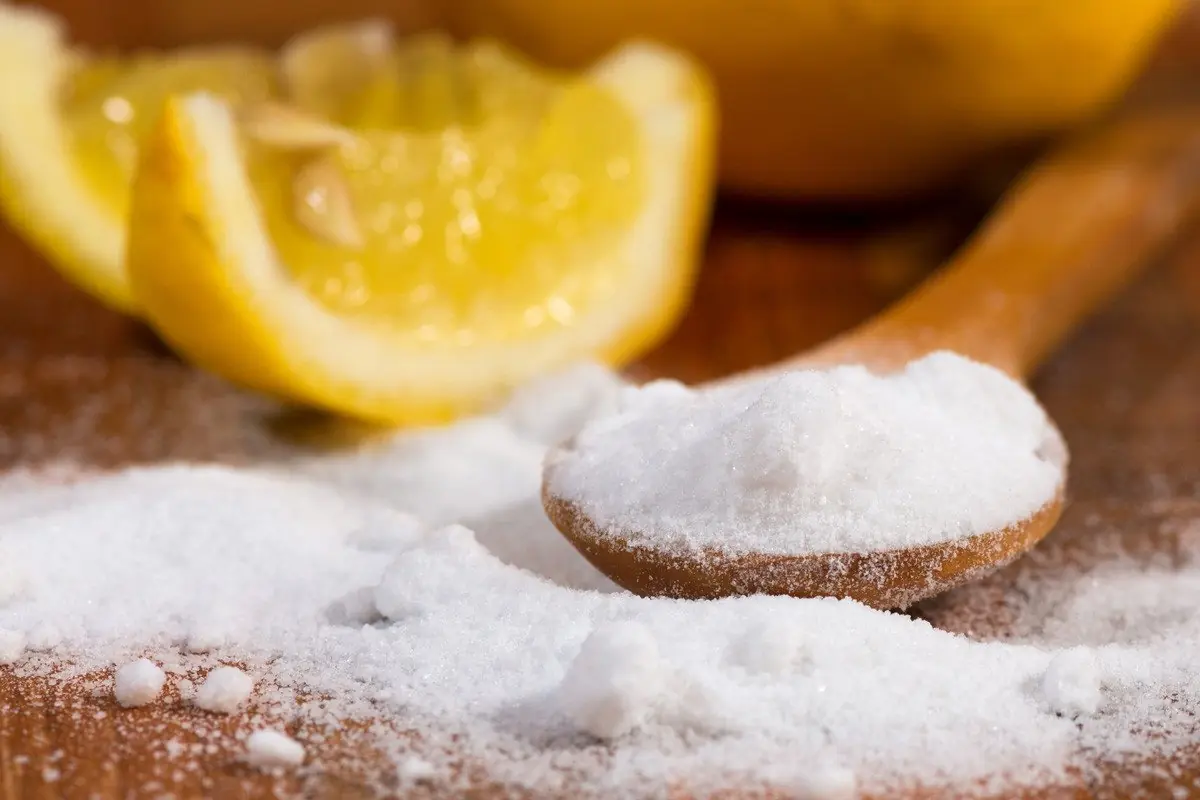
Baking Soda (Bicarbonate of Soda): Uses and Benefits (Science Based)

A Father’s Day Gift Like No Other: A Daughter’s Kidney, A Father’s Second Chance

Benefits of Walking: Why Walking is One of the Best Forms of Exercise 🚶♀️

Maliyah’s Fight: A Fifteen-Year-Old Cheerleader Battling Stage 4 Cancer With Courage and Faith

No Cake, No Balloons: A Firefighter’s Quiet Birthday of Purpose and Service

Orangutan Secretly Watches Over Woman During Jungle Survival Challenge

“The Stranger on a Plane: How One Man’s Kindness Gave a Mother the Gift of Rest”

A Little Fighter’s Final Victory: Remembering Bryson’s 1,027-Day Battle

A Match Made in Dog Heaven: A Toddler and Her Puppy Who Share a Special Bond
